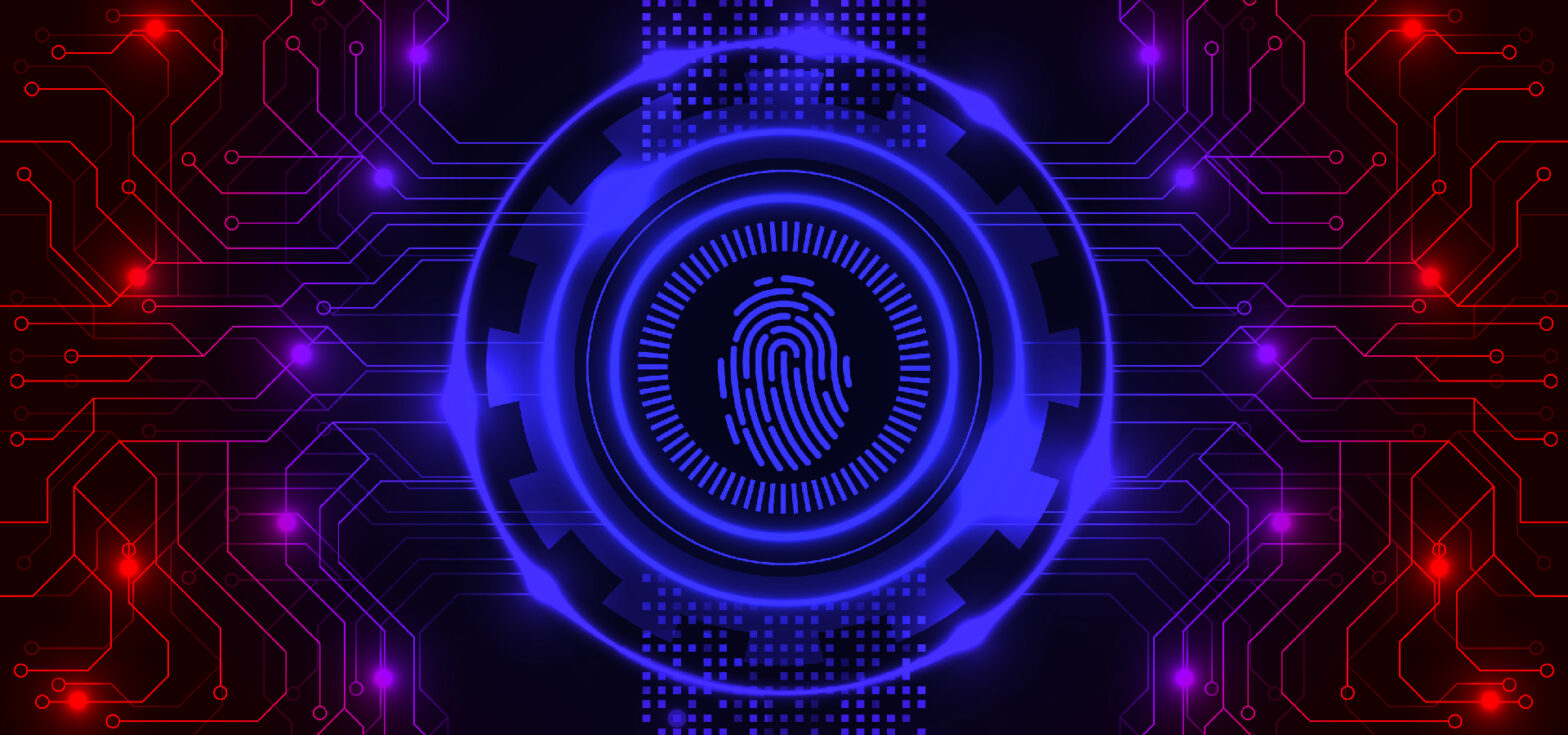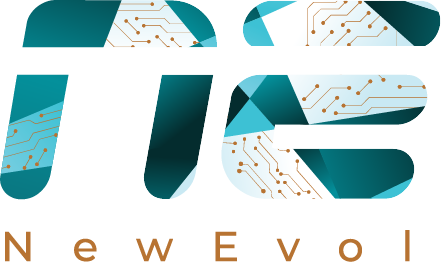Beyond the Primary: Why do you need a secondary SIEM solution

Cyber attacks are skyrocketing, with over 2,200 happening each day. Therefore, relying on a single line of defense is akin to putting all your eggs in one basket—a risky strategy that could leave your organization vulnerable to sophisticated cyber threats. As cybersecurity threats are becoming more sophisticated and frequent, it is crucial for you to have robust security measures in place. The above stat was reported by Security Magazine.
While having a primary SIEM system is a significant step towards safeguarding your digital assets, relying solely on one platform for threat detection and response is often not enough. This is where the concept of a secondary SIEM comes into play, offering an additional layer of security and ensuring that your organization is better equipped to handle the complexities of modern cyber threats.
5 Reasons You Need a Secondary SIEM For Your Organization
As a business owner, you understand the importance of safeguarding your organization digitally. SIEM, aka Security Information and Event Management, can help you effectively monitor and analyze security events in real-time. However, in an era where cyber threats are increasingly sophisticated, relying on low-fidelity security systems may leave gaps in your defense.
Therefore, a secondary SIEM is essential for reinforcing your cybersecurity strategy and ensuring comprehensive protection. Let’s explore five reasons you need secondary SIEM solution.
1. Detect Threat and Beat the Attack
As a business owner, you should choose a secondary SIEM system to elevate your security strategy because SIEM provides a multifaceted approach to threat detection. This dual-layered defense complements your primary SIEM’s capabilities and introduces diverse perspectives and methodologies in identifying potential threats. You can integrate a secondary SIEM and ensure more thorough surveillance across your digital space, capturing anomalies and risks quickly.
This comprehensive coverage is crucial in today’s complex cyber threat environment, offering you peace of mind knowing that your business’s digital assets are under vigilant, multi-dimensional protection. Adopting this strategy signifies a proactive step towards fortifying your cybersecurity posture, safeguarding your business against evolving cyber threats.
2. Ensure Business Continuity with Redundancy and Reliability
As a business owner, you understand the importance of continuity and resilience in every aspect of your operations, especially in cybersecurity. Implementing a secondary SIEM system is not merely about having a backup; it’s about ensuring the uninterrupted protection of your digital assets. This strategic redundancy means that if your primary SIEM system ever falters due to technical issues or a security breach, you have a robust fail-safe in place.
A secondary SIEM actively monitors and responds to threats, significantly enhancing your organization’s reliability in managing cybersecurity threats. This dual-layer defense safeguards your operations from unexpected disruptions and reinforces your commitment to security, instilling greater confidence among your stakeholders.
Therefore, choose a secondary SIEM and fortify your business against the unpredictable nature of cyber threats, ensuring your operations remain resilient and reliable.
3. Enhance Your Security With Diverse Analytical Perspectives
As a business owner, you’re well aware that digital space is fraught with security challenges. Different SIEM (Security Information and Event Management) solutions bring varied algorithms and methodologies to the table for analyzing and correlating events.
Therefore, implementing a secondary SIEM offers you a broader spectrum of analytical perspectives. This diversity is crucial for several reasons:
- Enhanced Detection Accuracy: Each SIEM solution has its unique strengths in detecting specific types of threats. By leveraging two systems, you significantly reduce the chances of threats slipping through unnoticed, ensuring a more secure environment for your business operations.
- Reduced False Positives: False positives can significantly drain your security team’s resources, diverting attention from genuine threats. With its distinct data analysis approach, a secondary SIEM can help cross-verify alerts, thereby minimizing false positives. This efficiency allows your IT or security team to focus on real, actionable threats.
- Comprehensive Security Posture: The integration of a secondary SIEM enriches your security posture with a more layered and nuanced understanding of your network’s activities. This comprehensive visibility is paramount in identifying subtle, sophisticated threats that might otherwise go undetected.
4. Get Incident Response and Forensic Analysis
You realize that your digital assets need to be protected diligently. But how do you ensure that while discovering a security breach in your network? While your primary SIEM (Security Information and Event Management) system has been vigilant, the complexity and stealthiness of modern cyber threats often demand more. This is where the integration of a secondary SIEM system becomes invaluable.
SIEM systems are designed to offer real-time threat detection, incident response, and forensic analysis. They automatically collect and analyze data from various sources within your network, significantly reducing the time it takes to understand and mitigate an attack. This rapid response capability is crucial, especially when dealing with sophisticated cyber threats that can bypass traditional security measures.
Moreover, a secondary SIEM system provides an additional layer of security. It ensures continuous monitoring and analysis, even if one system encounters a failure. In the event of a security incident, both your primary and secondary SIEM systems work together to provide rich forensic data. This data is critical in uncovering the full scope of the attack, identifying the threat actors involved, and determining the best course of action for remediation.
By leveraging the insights from two SIEM systems, you can uncover the kill chain of an attack more effectively, ensuring that your business remains secure and resilient in the face of evolving cyber-attacks and threats.
5. Streamline Compliance and Auditing with SIEM
You may find it daunting while navigating the complexities of compliance and auditing. However, SIEM (Security Information and Event Management) systems have become indispensable in this arena, offering a robust solution for proving to auditors and regulators that your organization adheres to necessary safeguards and that security incidents are effectively managed and contained.
Initially, SIEMs were adopted for their ability to aggregate log data across an organization, presenting it in an audit-ready format. Today’s SIEMs go further, automating the monitoring and reporting processes essential for compliance with HIPAA, PCI/DSS, SOX, FERPA, and HITECH standards.
Modern SIEM solutions have evolved to manage log data and provide advanced analytics, user and entity behavior analytics (UEBA), and security orchestration and automation response (SOAR) capabilities. These features enable your business to meet compliance requirements and proactively identify and mitigate threats, ensuring a stronger security posture.
By leveraging SIEM, you can ensure continuous compliance, streamline your auditing processes, and maintain a proactive stance on cybersecurity, all while safeguarding your organization’s reputation and operational integrity.
Be Prepared and Protected
Incorporating a secondary SIEM into your cybersecurity strategy isn’t simply about adding another tool to your arsenal; it’s about significantly enhancing your organization’s ability to detect, respond, and mitigate cyber threats. With the increasing sophistication of cyber-attacks, a secondary SIEM system’s redundancy, reliability, and diverse analytical capabilities can be the difference between proactively staying ahead of threats or being caught off-guard.
Remember, in cybersecurity, being prepared with a multi-layered defense strategy is key to protecting your digital assets and ensuring your organization’s resilience. It’s time to invest in your organization’s future with NewEvol. Contact us for more information.
In the meantime, learn more about:

